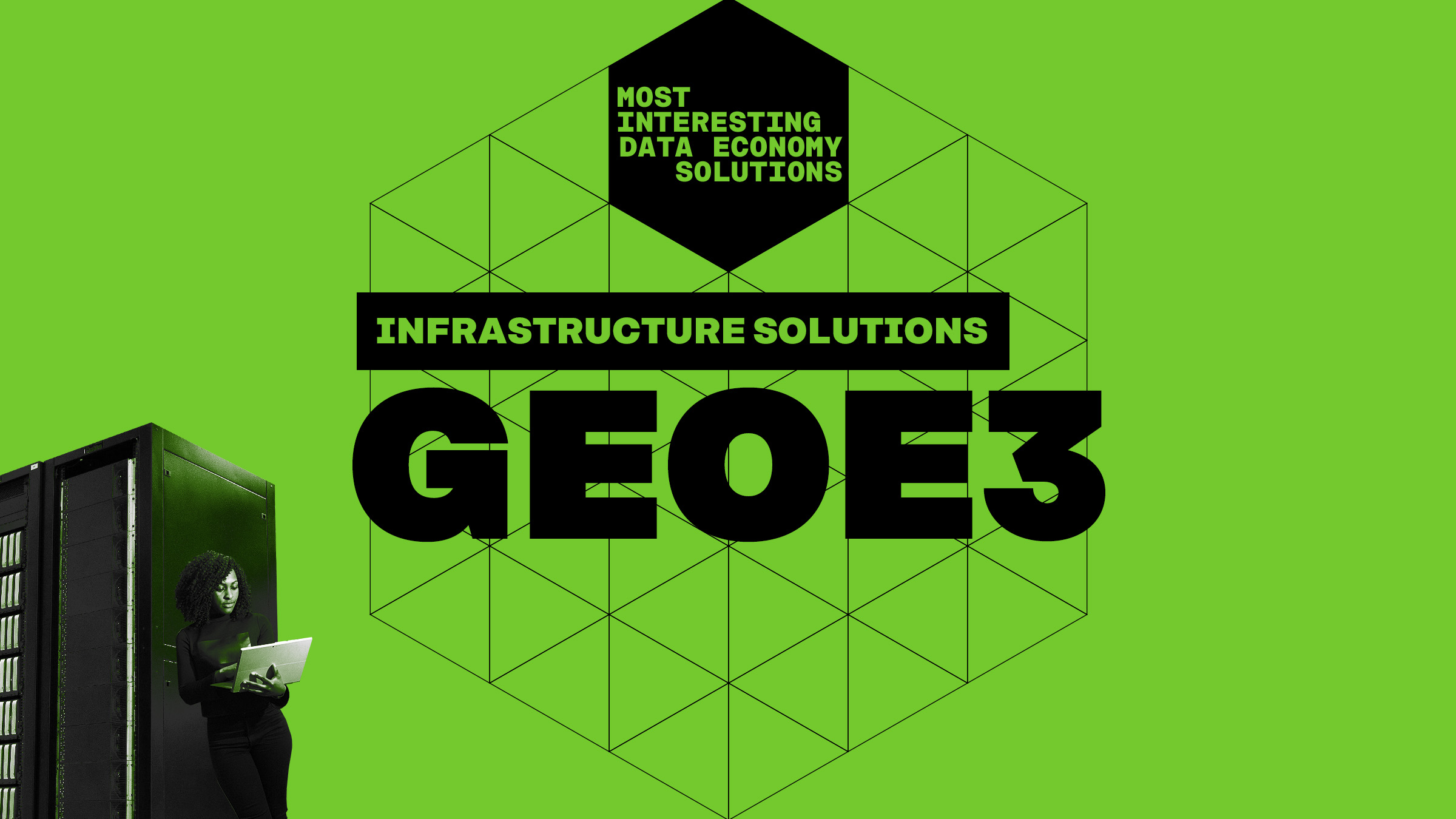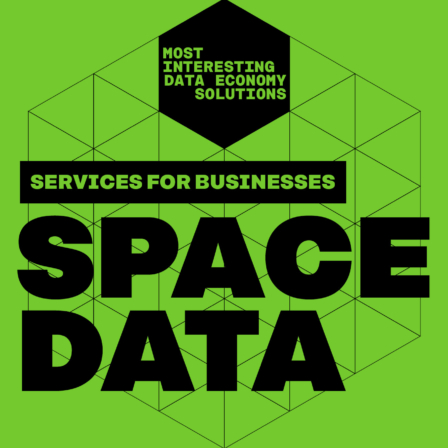A company developing a solution that improves the energy efficiency of buildings needs information on average temperatures and building properties in different parts of Finland.
For analysis, data from different sources would have to be combined: the National Land Survey of Finland has 3D data on the shapes of buildings and their coordinates, while the Digital and Population Data Services Agency has information on the properties of buildings. Motiva has information on energy efficiency, and, on the other hand, the Finnish Meteorological Institute has information on average temperatures and weather conditions.
If a company is targeting the European market, it must also seek similar sources and information from other countries.
“Few people have the time and resources to combine data from large datasets from several different sources,” says Antti Jakobsson, Chief Engineer at the National Land Survey of Finland.
Location Europe is a platform that was created as a result of years of collaboration between the National Land Survey of Finland and several international partners in the GeoE3 project. The project received partial funding from the European Union’s Connecting Europe programme.
Solutions for the green transition are urgently needed across sectors and borders. But Solutions cannot be found without reliable information from different countries.
“Without a tool that combines different kinds of information, big problems are difficult to understand and solve,” continues Jakobsson, who is also the project manager for GeoE3.
That is why Location Europe combines meteorological data, statistical data and geospatial data on a single platform where the user can see and visualise it in a single view.
The information on the platform is always as up-to-date as possible. Data masses are not copied manually from the systems of different actors, but thanks to shared interfaces, the platform uses the data of the operators directly from their own data sources.
Combining data can create new business
The platform has been developed for both companies and public actors. So far, it has only been used for testing, so no business has yet been created based on it. However, Jakobsson sees numerous potential applications in various fields such as agriculture, forestry, the urban environment and logistics.
One promising example of the platform’s potential can already be found. The platform and its data have been used at Cádiz University in Spain, where researchers have developed a method for modelling the energy efficiency of buildings.
“It will be interesting to see if the data can be used to model Europe’s building stock and its energy efficiency more widely than in just one country. The results of the study have not yet been completed, but the preliminary data seem promising.”
Modelling would, among other things, better target energy renovations more efficiently where they are most needed.
First example of a platform linking different countries
According to Jakobsson, it is already significant that national actors have built a platform with limited resources that brings large amounts of data together in real time and in a more user-friendly format than before. No one else in Europe has done this.
“This gives smaller operators in particular the opportunity to use data more easily than before.”
There are still differences in the content of the data available from different countries. The participating countries have therefore developed a model that provides the user with a view of the interoperability of different data and its characteristics.
“Data is never perfect, but we can help the user understand the differences and make the data more compatible,” explains Jakobsson.
It is also significant for the continuation and use of the platform that several countries are already involved. Jakobsson hopes that more will be included.
“Unicorns are rarely born in Europe. If good innovations emerge at local level, they may not be able to be extended to the European market. The platform provides tools to replicate the business in Europe.”



